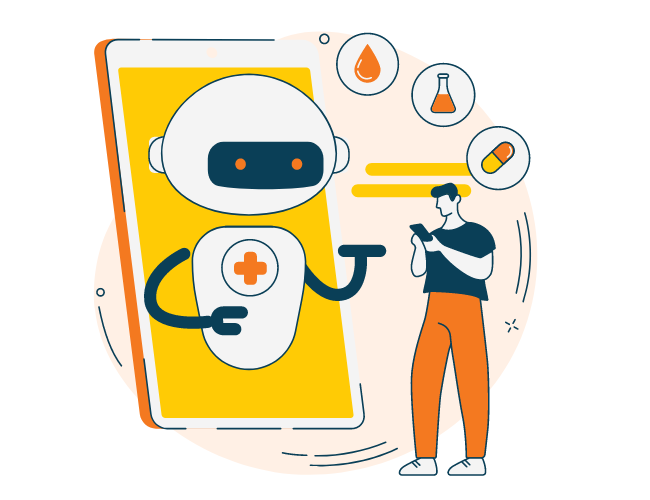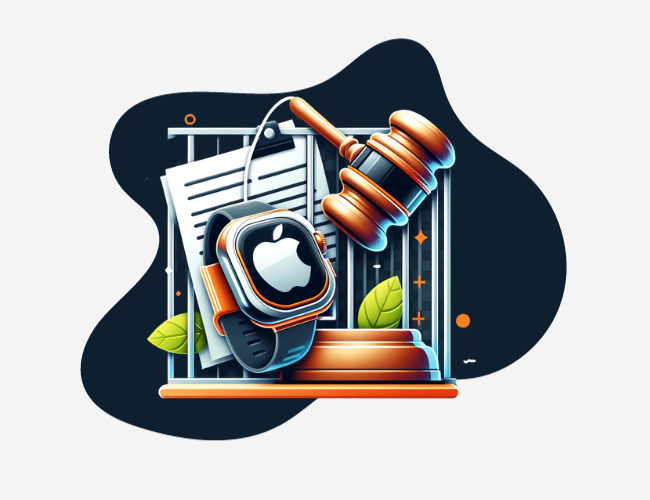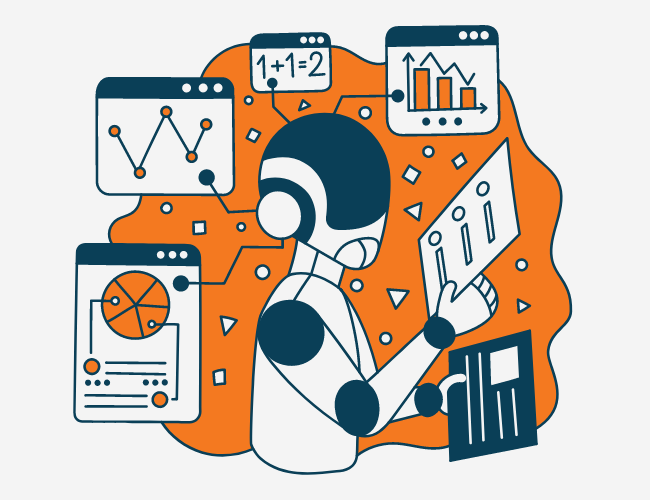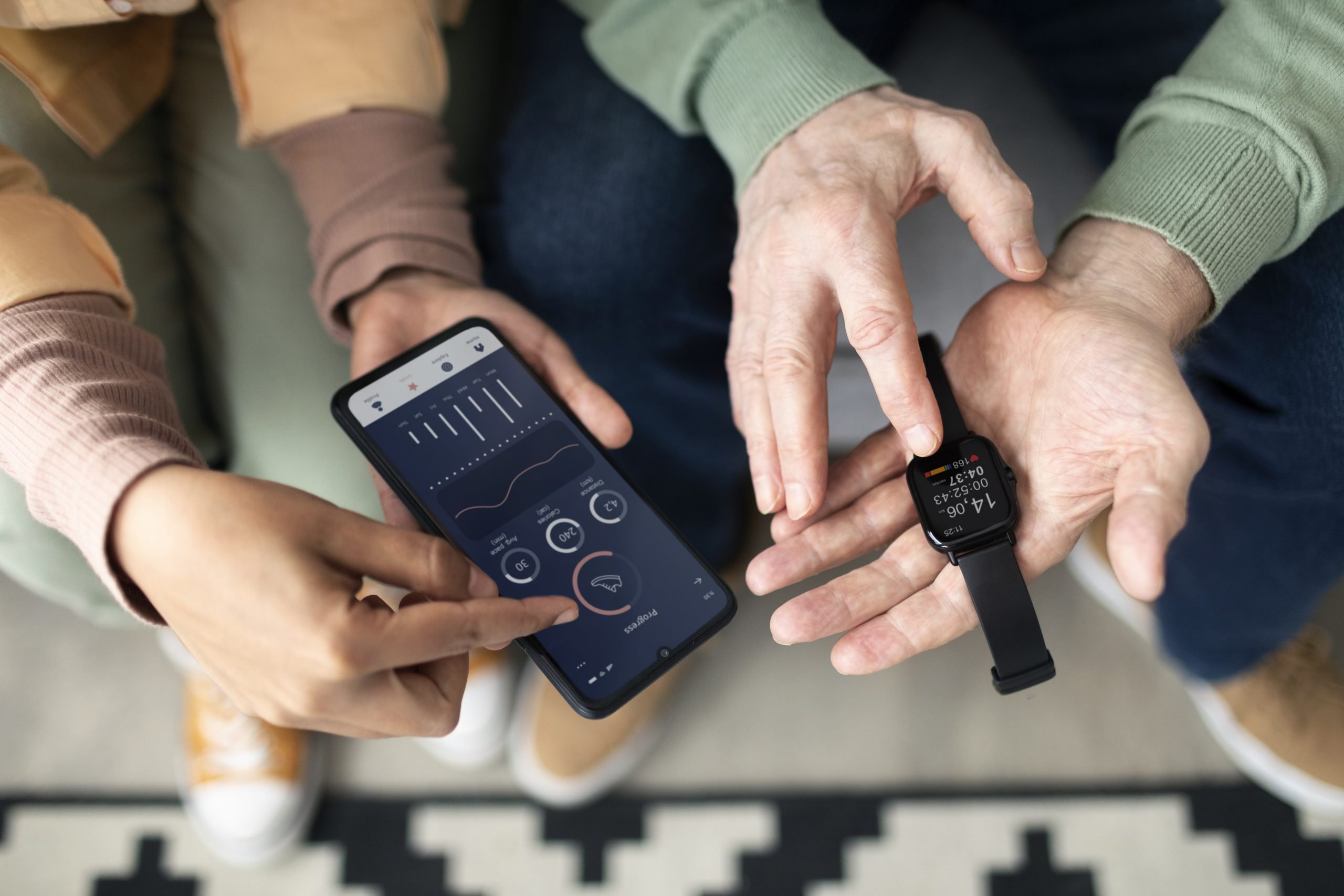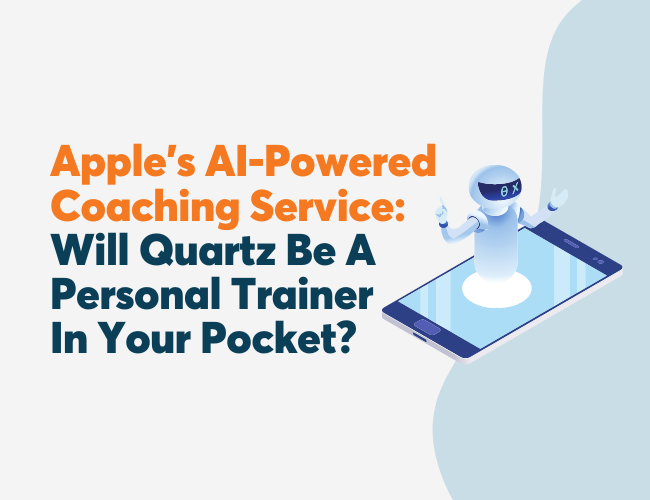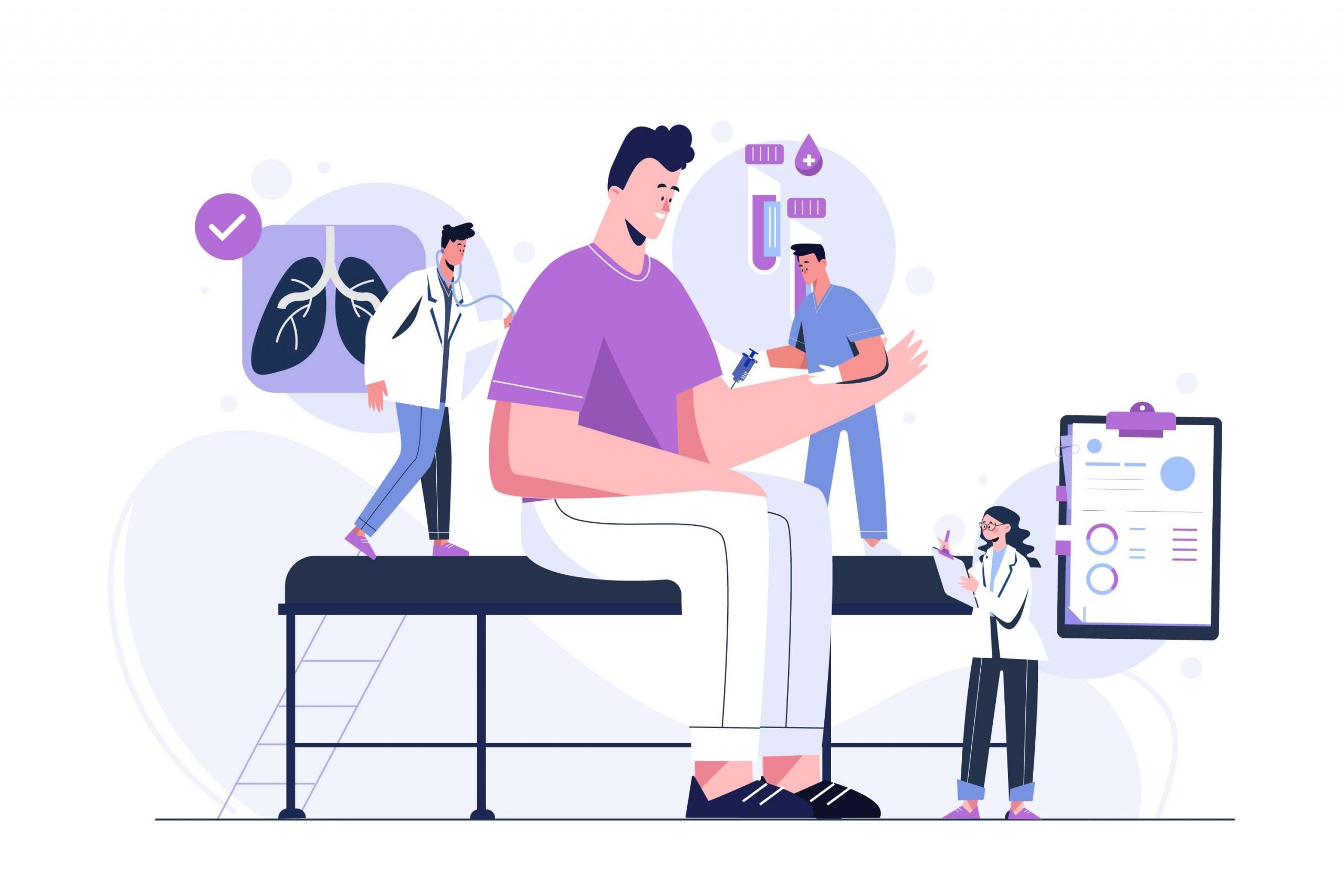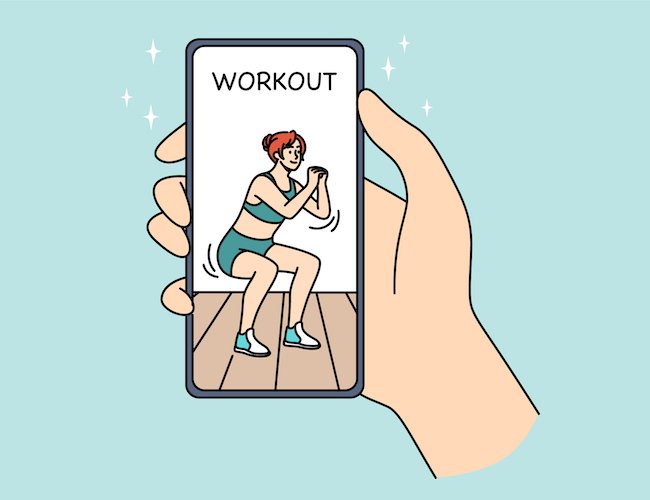This post first appeared in the Huffington Post
Stop for a moment and take a look at how you’re reading this article. If you’re like 56% of Americans, you’re probably reading it on your smartphone. And let’s face it—that smartphone goes with your everywhere and helps you with just about everything, from monitoring your social media feeds to planning your next vacation to splitting the check at a restaurant. In fact, on average, you probably use your smartphone at least 150 times a day!
But can your smartphone make your healthier? And, perhaps more interestingly, can your health insurer and your smartphone work together to make your healthier?
Think about the following example. You step outside for your morning run. Remembering to strap your smartphone to your arm so you can listen to some music along the way, you do a few stretches before you take off for a three-mile run around your neighborhood. Half an hour later, after working up a sweat, you head home, feeling tired but energized.
The story seems very commonplace, ordinary. And yet, it isn’t. What prompted you to go running today? Maybe it was because it’s a habit for you. Or maybe you had a weight loss goal in mind, a new year’s resolution.
But what if you aren’t a runner? What would it take for you to get started? BJ Fogg of Stanford University posits a behavioral model in which people take action when there is a coincidence of motivation (a desire to change), ability (access to tools to achieve change) and a trigger (a specific event or entity that crystallizes the decision to change.
For you, your motivation, your desire to change, is evident—you want to get started on the road to health. But what about the other two elements of the Fogg model, the other two legs of the wellness triangle that can turn that desire into real action and change?

Smartphones can give you the ability to be healthy. Not only are they everywhere and used hundreds of times daily, but their advanced electronics, from powerful processors to GPS transceivers to accelerometers, can allow you to track your fitness progress. Rather than having to remember the number of miles you jogged yesterday or write it down in a book that you could lose, your phone can do all the tracking for you automatically at the touch of a button. More advanced algorithms built into today’s fitness apps can calculate your average speed, difficulty of running course and total calories burned, to give a few examples. Moreover, you’ll probably remember to carry your phone with you (if for nothing else than to ensure you have some music for the road) rather than remembering to strap on a specific fitness device that costs extra.
What about the third leg of the wellness triangle, the trigger? Interestingly, your health insurer can play that role. On October 1, the health insurance exchanges created by the Affordable Care Act opened for business, and millions of Americans who previous did not have health insurance now have access to coverage. Coupled with this expansion of access were rules allowing insurers to offer incentive payments for healthy behavior that can go as high as 30% of your premium.
These incentives have encouraged health insurers to think very strongly about helping their members (read: you) improve their health. From their perspective, healthier members mean fewer trips to the emergency room, fewer hospitalizations and, in general, lower costs. So it’s in their best interests to motivate their members to stay healthy. In the past, they’ve offered one-off benefits, like free gym memberships, but they’ve found that such benefits on their own don’t lead to healthier outcomes. Now, they’re thinking about far more meaningful, tailored incentives that are actually linked to specific actions you can take.
This is where the capabilities and ubiquity of your smartphone comes into play. For example, your jogging app can record the number of miles you ran, and your insurer, based on those data, can give you per-mile premium discounts. The discounts can be adjusted based on the difficulty of your jog, how often your jog and the total number of miles you ran. For the first time, when you have the motivation to go running, you have a specific monetary trigger you can go after, an incentive that accrues for every mile you run. And, this coincidence of motivation and trigger is enabled by the ability to track your miles using your smartphone. You get a unique incentive that encourages you to get moving, and the insurer gets a healthier you. It’s a win-win.
So what do your smartphone and your health insurer have in common? By combining the tracking abilities of your smartphone with the financial incentive triggers of your insurer, both of them can encourage you to stay healthy. You, your smartphone and your insurer form a wellness triangle, a triangle focused on helping you stay on the path toward better health.



